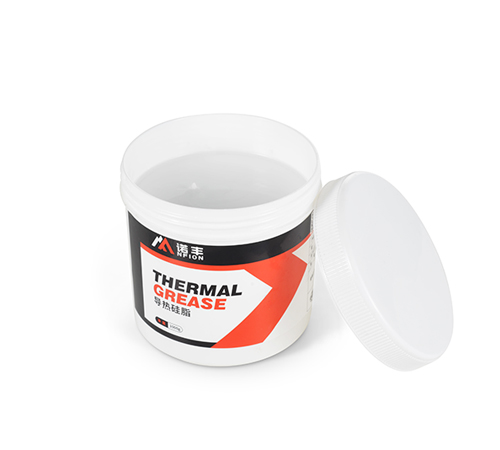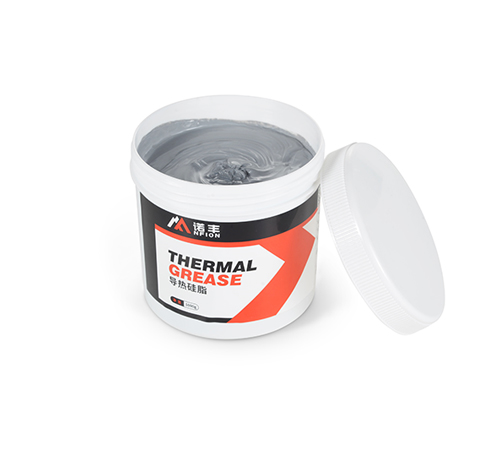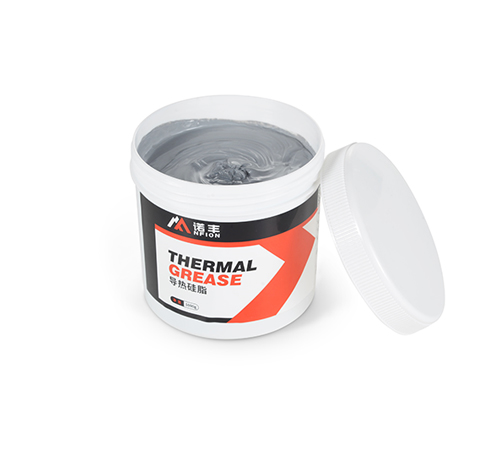In thermoelectric cooling, effective heat dissipation is crucial to ensuring device performance and stability. Thermal grease, commonly referred to as thermal compound or thermal paste, is widely used to improve heat transfer. But is it necessary to apply thermal grease to the cold side of a thermoelectric cooler (TEC)? NFION delves into the topic, providing insights to help engineers and technicians make informed decisions for practical applications.
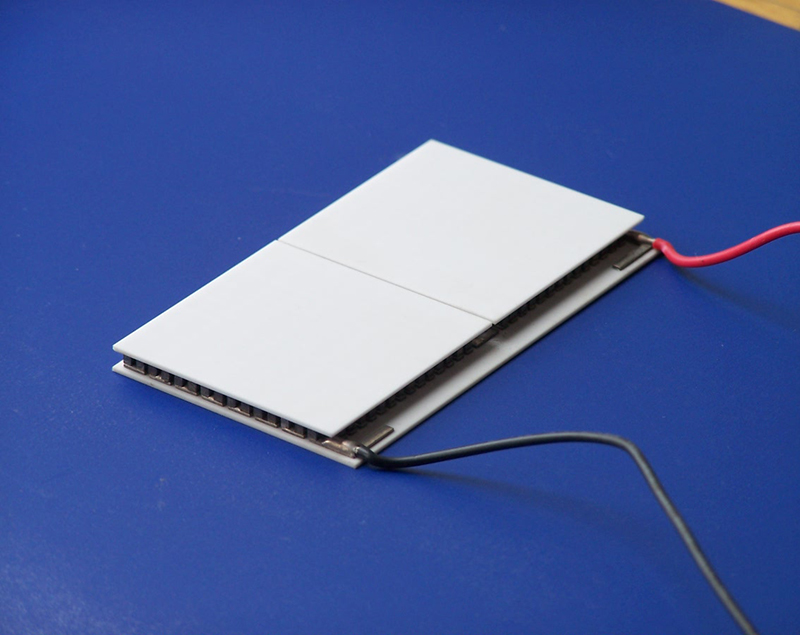
The Relationship Between the Cold Side of a Thermoelectric Cooler and Thermal Grease
A thermoelectric cooler (TEC) is a component that utilizes the Peltier effect to create cooling, often used in precision instruments and electronic devices requiring rapid cooling. The TEC’s “cold side” absorbs heat, while the “hot side” dissipates it, achieving the desired cooling effect.
Thermal grease is a highly efficient heat-conducting medium designed to fill small gaps between surfaces, significantly reducing interface thermal resistance to improve heat transfer efficiency. Applying thermal grease between the TEC cold side and the contact surface (e.g., the device being cooled or a heatsink) can play a critical role in ensuring efficient heat transfer.
Why Applying Thermal Grease to the Cold Side Might Be Necessary
1. Reducing Interface Thermal Resistance
Small surface irregularities and air gaps commonly exist between the cold side of the TEC and the device being cooled. Air is a poor thermal conductor and can create a barrier, increasing thermal resistance. The role of thermal grease is to fill these tiny gaps, enhancing heat transfer. When applied to the cold side, thermal grease allows for more efficient heat flow from the device to the TEC, thereby improving cooling efficiency.
2. Increasing Contact Surface Heat Transfer Efficiency
With its high thermal conductivity, thermal grease creates a uniform thermal layer between the TEC cold side and the device being cooled. This helps distribute heat more evenly across the contact surface, avoiding uneven cooling effects. For instance, when TECs are used to cool laser diodes, optical devices, and other precision equipment, even slight temperature fluctuations can affect device stability. Improving the contact surface’s heat transfer efficiency is, therefore, crucial.
3. Preventing Condensation Accumulation
During operation, the cold side of a TEC can quickly cool down, especially in humid environments, causing condensation. If moisture accumulates between the TEC cold side and the cooled object, it may lead to corrosion or short circuits. Applying thermal grease can reduce moisture penetration to some extent, providing protective effects.
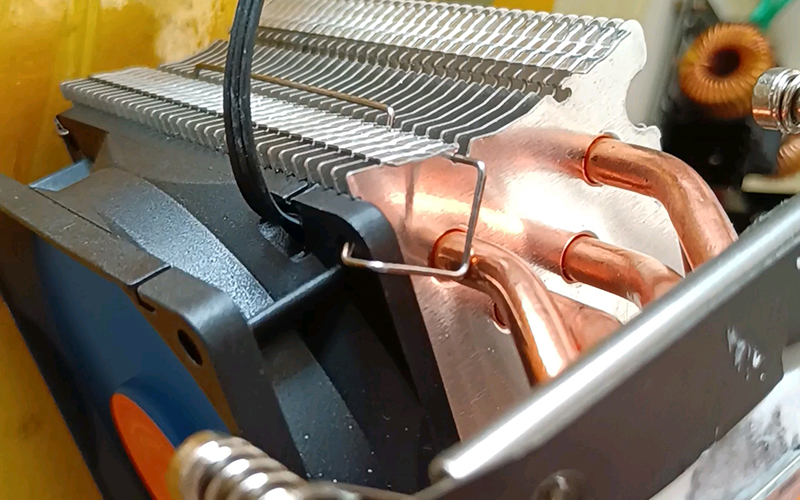
When Might It Be Inappropriate to Use Thermal Grease?
While thermal grease has numerous advantages when applied to the cold side of a TEC, it is not suitable for all situations. Here are some instances where its application might not be advisable:
1. Low Power or Low Heat Dissipation Requirements
If the TEC is used with a low-power device or one with minor temperature fluctuations and minimal cooling requirements, applying thermal grease may be unnecessary. In such cases, the TEC’s cooling capability is sufficient, and adding thermal grease could increase costs without significant benefits.
2. High Humidity Conditions
In extremely high-humidity environments, even thermal grease may not prevent condensation buildup. In such cases, consider adding a protective seal around the TEC rather than relying solely on thermal grease to block moisture.
3. High Cleanliness Requirement for Sensitive Equipment
For equipment that requires a high degree of cleanliness, such as optical instruments operating in a vacuum or semiconductor manufacturing equipment, thermal grease’s volatile compounds or contaminants may compromise device performance. In such scenarios, using solid thermal pads instead of thermal grease can prevent potential contamination.
How to Properly Apply Thermal Grease to Optimize TEC Cold-Side Performance
If applying thermal grease to the TEC cold side is deemed necessary, the following steps can help achieve optimal results:
1. Choose High-Quality Thermal Grease
The quality of thermal grease directly affects its heat transfer efficiency and durability. High-quality thermal grease has a higher thermal conductivity, good insulation properties, and stable physical characteristics, ensuring effective heat transfer even with extreme temperature fluctuations.
2. Ensure Appropriate Thickness
The thickness of the applied thermal grease should be neither too thick nor too thin. Too much grease may reduce heat transfer efficiency, while too little won’t fill the air gaps effectively. A thin, even layer is generally recommended to ensure that thermal grease fills all tiny gaps.
3. Regular Inspection and Maintenance
Thermal grease may dry out or degrade over time due to temperature changes. Regularly inspect the contact area and reapply or replace the thermal grease if necessary to maintain consistent thermal conductivity.
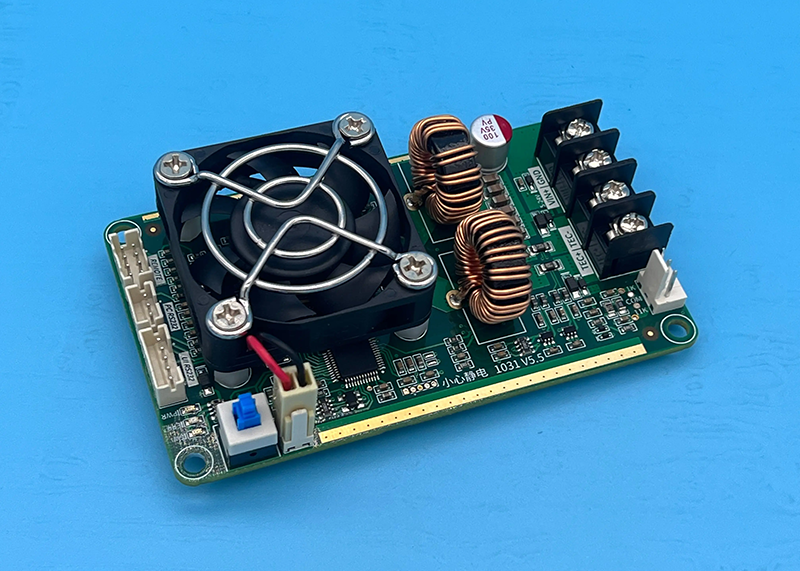
Conclusion
Applying thermal grease to the cold side of a thermoelectric cooler can significantly reduce interface thermal resistance and improve cooling efficiency. However, whether thermal grease is necessary for the cold side of the TEC depends on the specific application scenario. For low-power devices or in high-humidity or high-cleanliness environments, thermal grease may not be required.
By carefully evaluating the application context, selecting suitable thermal materials, and applying them correctly, the performance of thermoelectric coolers can be maximized, enabling them to operate at their best in various thermal management systems.



 CN >
CN >
